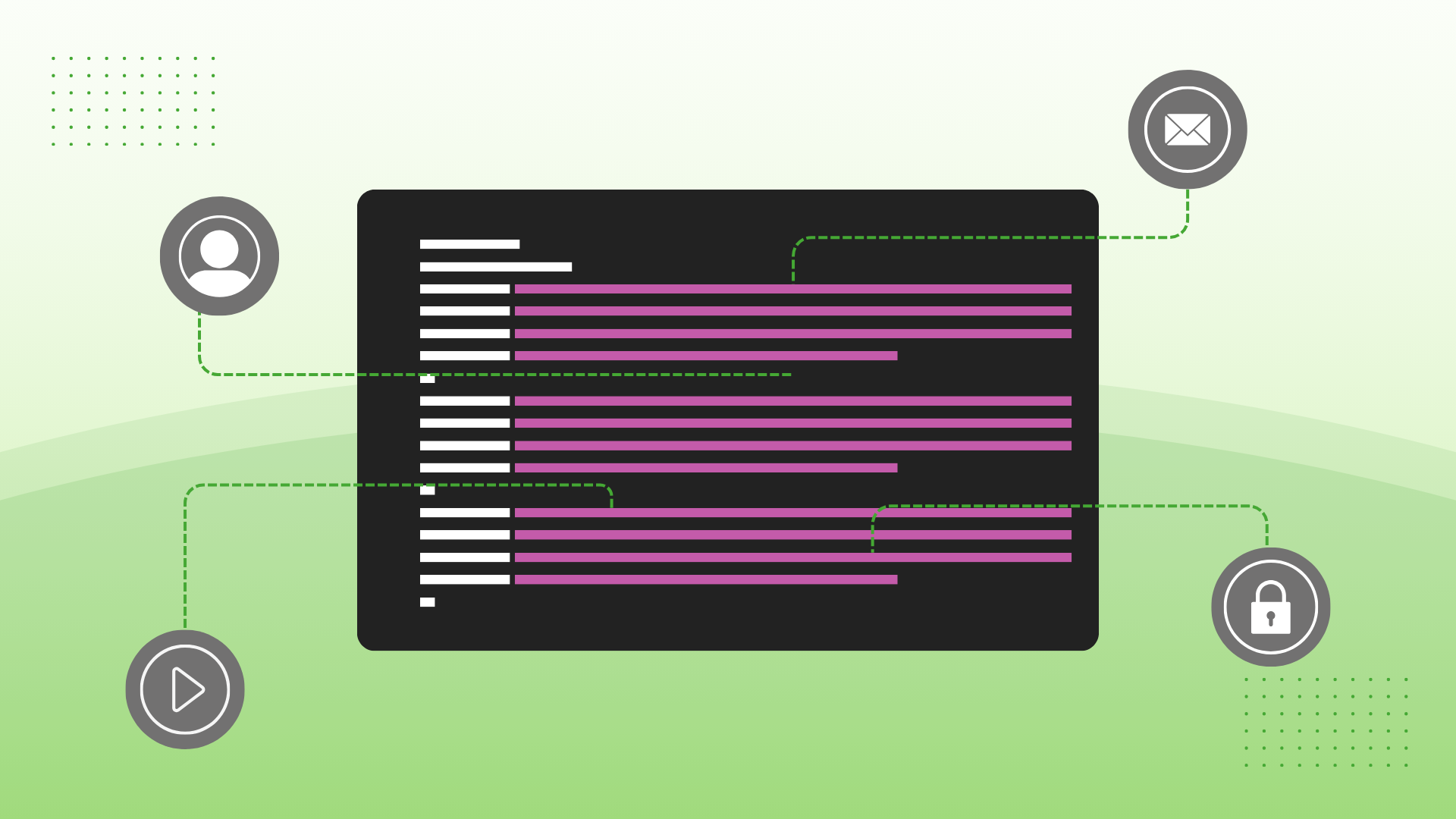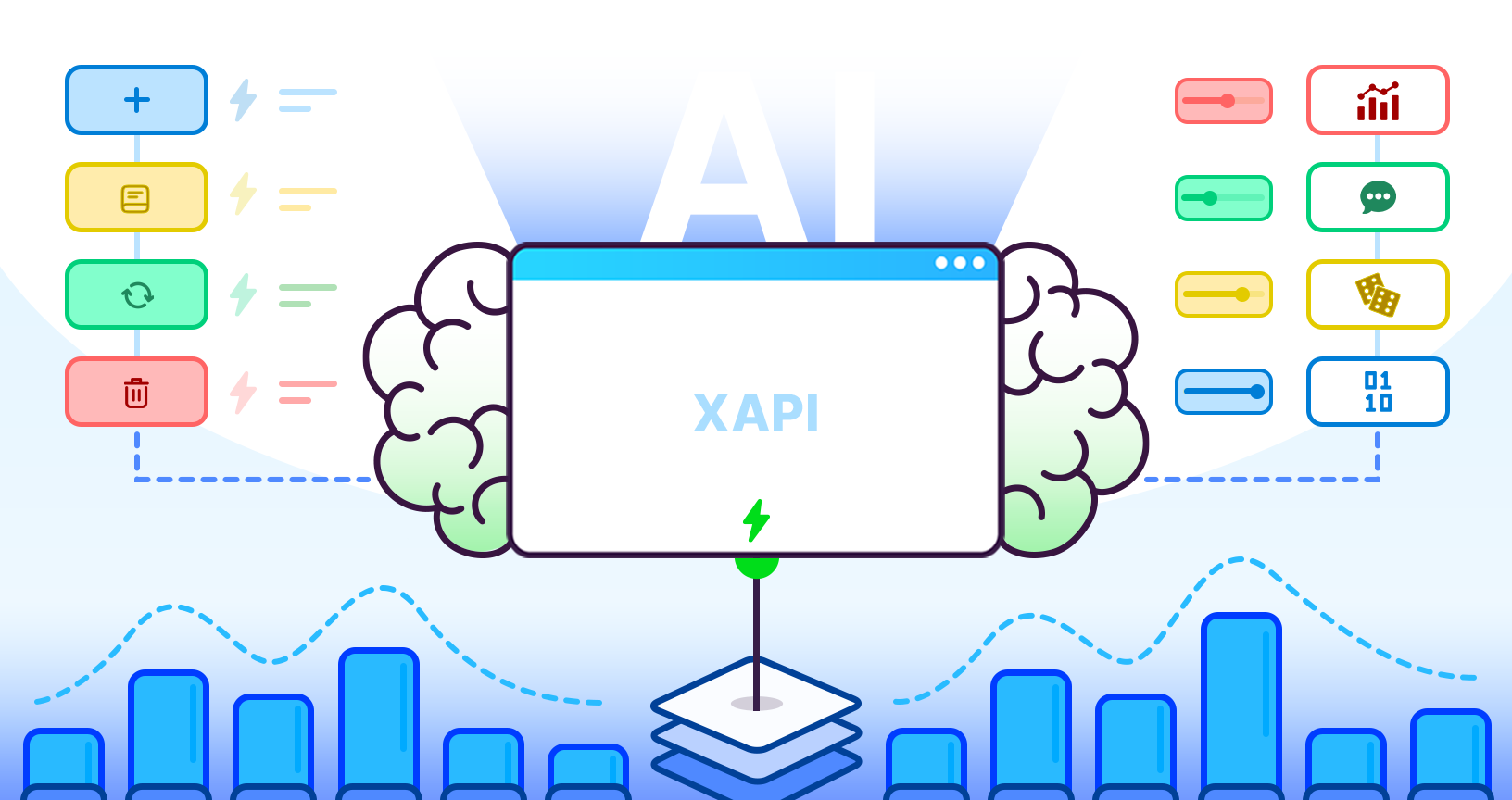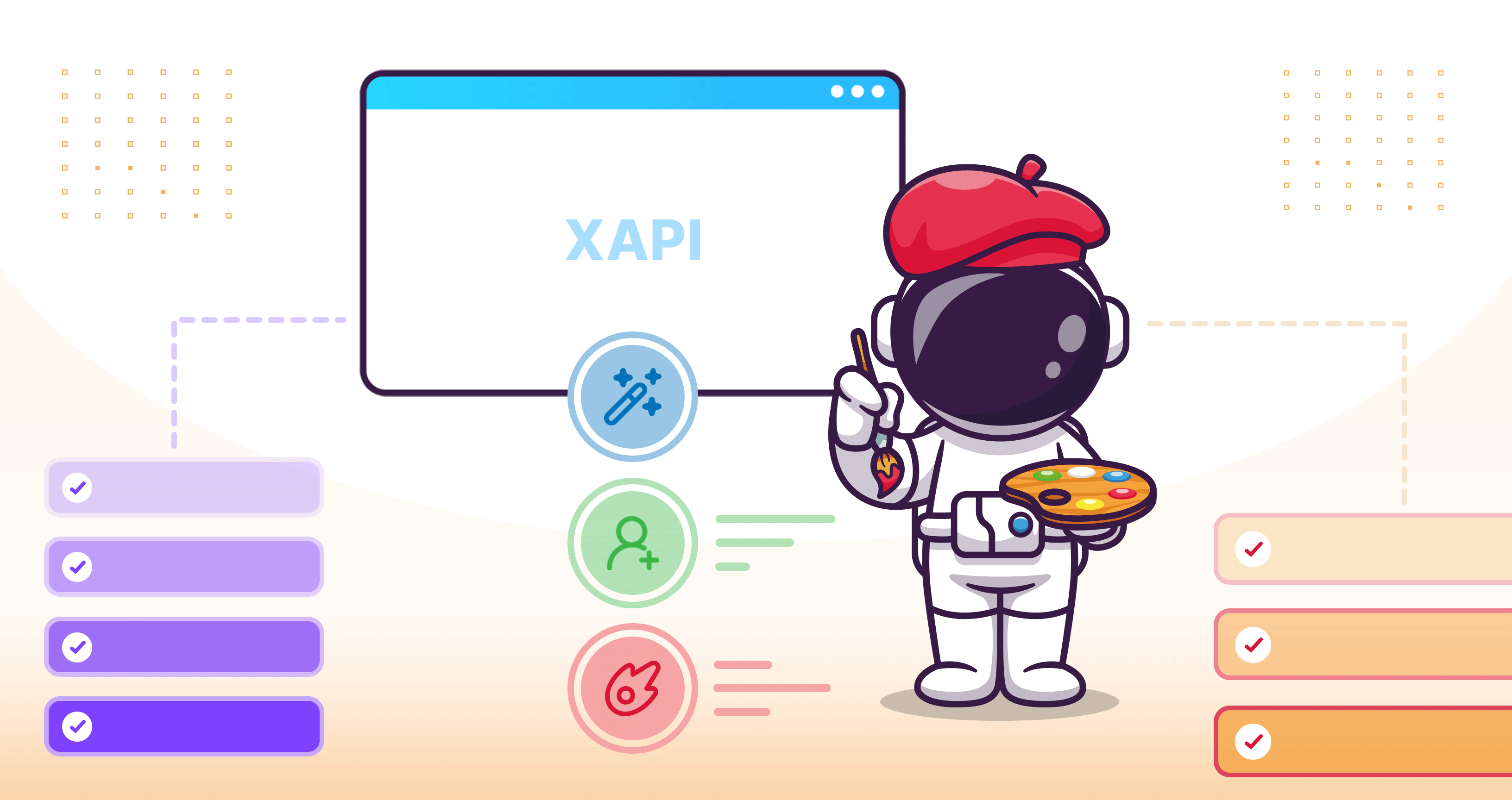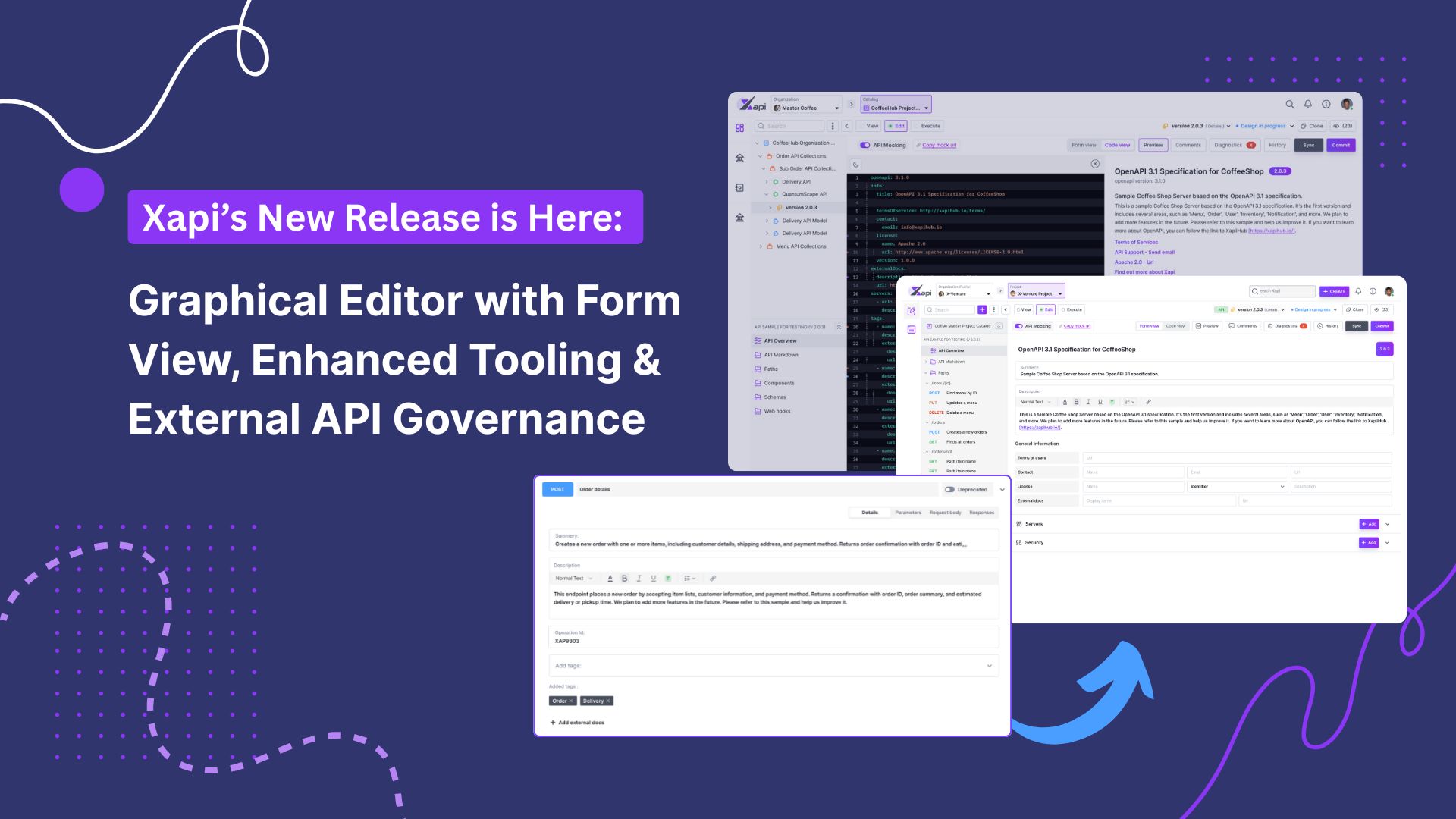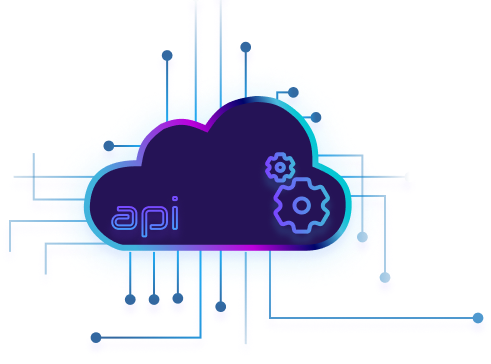Testing REST APIs in Relation to API Design-First Approach

Ruwanthi Hemachandra
12 June,2024 •
3 mins read
Testing REST APIs plays a critical role in guaranteeing user-friendly functionality, reliability, and performance. This importance is magnified when adopting the API design-first methodology, where the API design is defined before any implementation starts. In such a scenario, testing becomes even more fundamental to the entire process. Testing in the API design-first approach is not just about validating code; it is about validating ideas, assumptions, and requirements. By integrating testing into the design phase, teams can build APIs that are not only functional and reliable but also closely aligned with stakeholder needs and expectations from the outset.
The Role of Testing in API Design-First
-
Design Validation
Validating API design is considered as a linchpin of the design-first approach. Before development gets initiated, it ensures the API design meets the requirement and intended functionality and it meets consumer expectations.
-
Unit Testing
As development progresses, unit tests validate individual components of the API implementation. Developers write tests to verify endpoint functionality, input validation, data transformations, and error handling logic. These tests ensure that each unit of code behaves as expected in isolation.
-
Integration Testing
Integration tests verify the interactions between different components of the API. This includes testing how endpoints communicate with databases, external services, and other dependencies. By automating integration tests, teams can catch integration issues early and ensure seamless interactions between API components.
-
Contract Testing
API contracts, defined during the design phase, play a crucial role in ensuring compatibility between services. Contract testing validates that both the client and server adhere to the agreed-upon API contract. By verifying compatibility early on, teams can prevent breaking changes and foster smoother integrations.
-
Performance Testing
Testing the performance of REST APIs is essential to ensure they can handle expected loads and respond within acceptable time frames. Performance testing tools simulate real-world usage scenarios, allowing teams to identify and address performance bottlenecks before deployment.
-
Security Testing
Security is a top priority in API development. Security testing helps identify and mitigate vulnerabilities such as injection attacks, authentication flaws, and data exposure risks. By conducting thorough security testing, we can safeguard sensitive data and protect against potential threats.
-
Documentation Testing
Clear and concise documentation is vital for ensuring developers can effectively consume the API. Documentation testing validates that the generated documentation accurately reflects the API design and provides clear guidance on usage. By maintaining up-to-date and accurate documentation, teams empower developers to integrate with the API seamlessly.
Conclusion
Incorporating testing throughout the API design-first approach is essential for delivering high-quality APIs that meet user needs and expectations. By identifying issues early, adhering to specification standards, and ensuring quality, reliability, and security, organizations can provide superior experiences to end-users, driving success in an increasingly API-centric landscape.

Ruwanthi Hemachandra
Software Quality Assurance Engineer at X-Venture



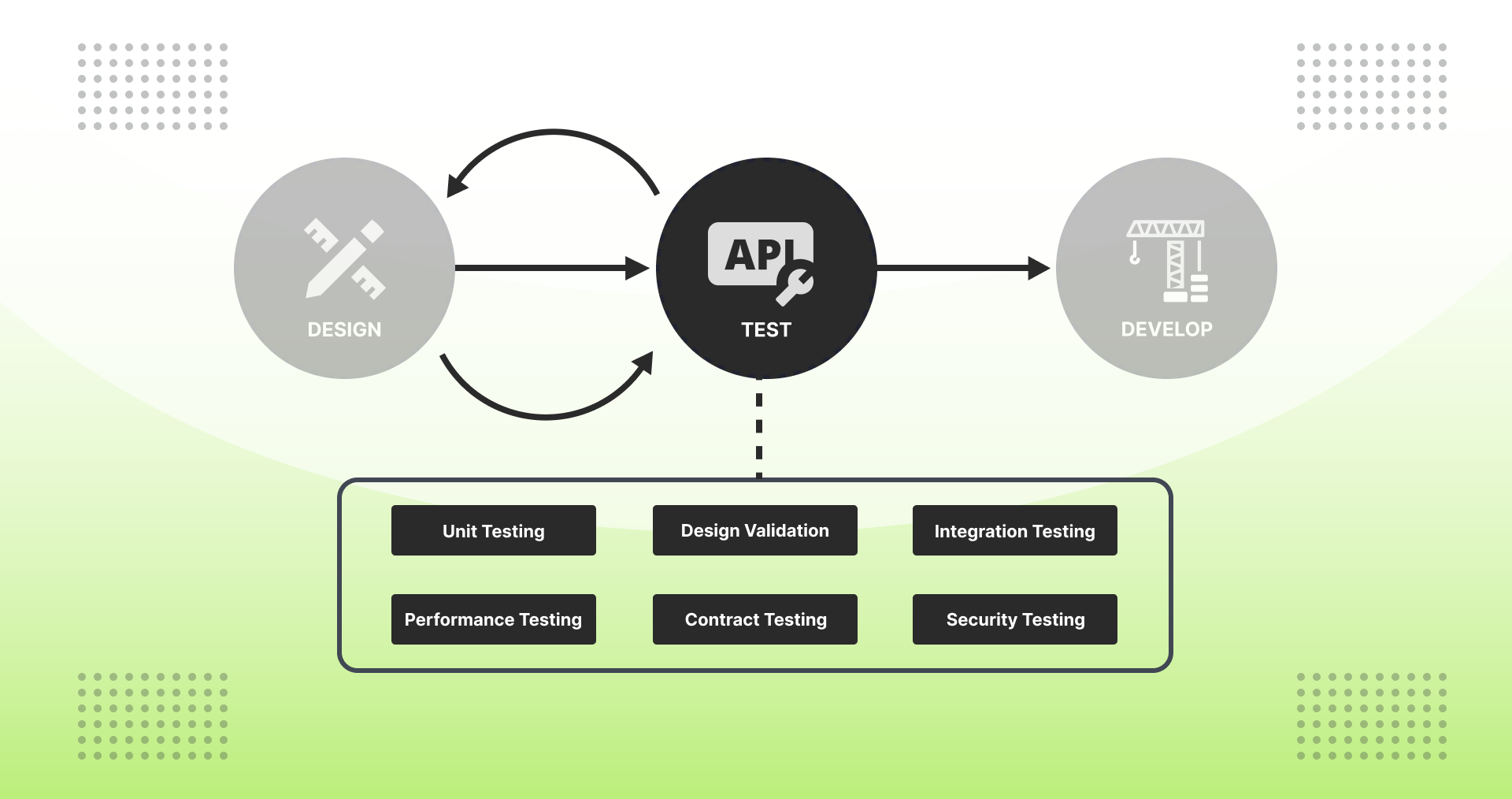




.jpg)
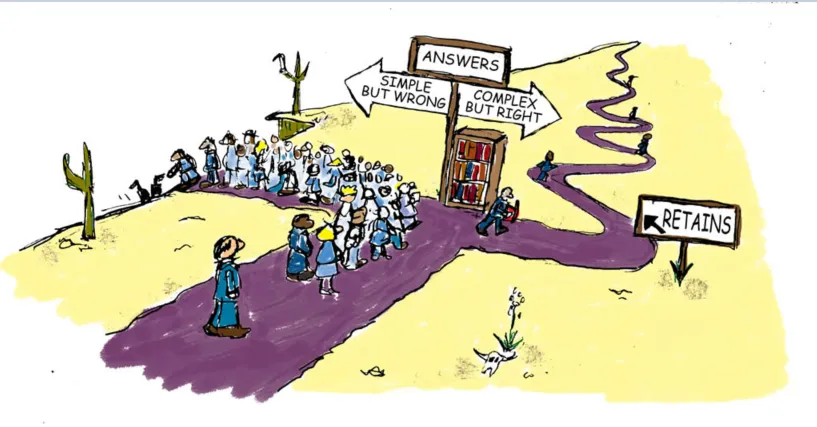
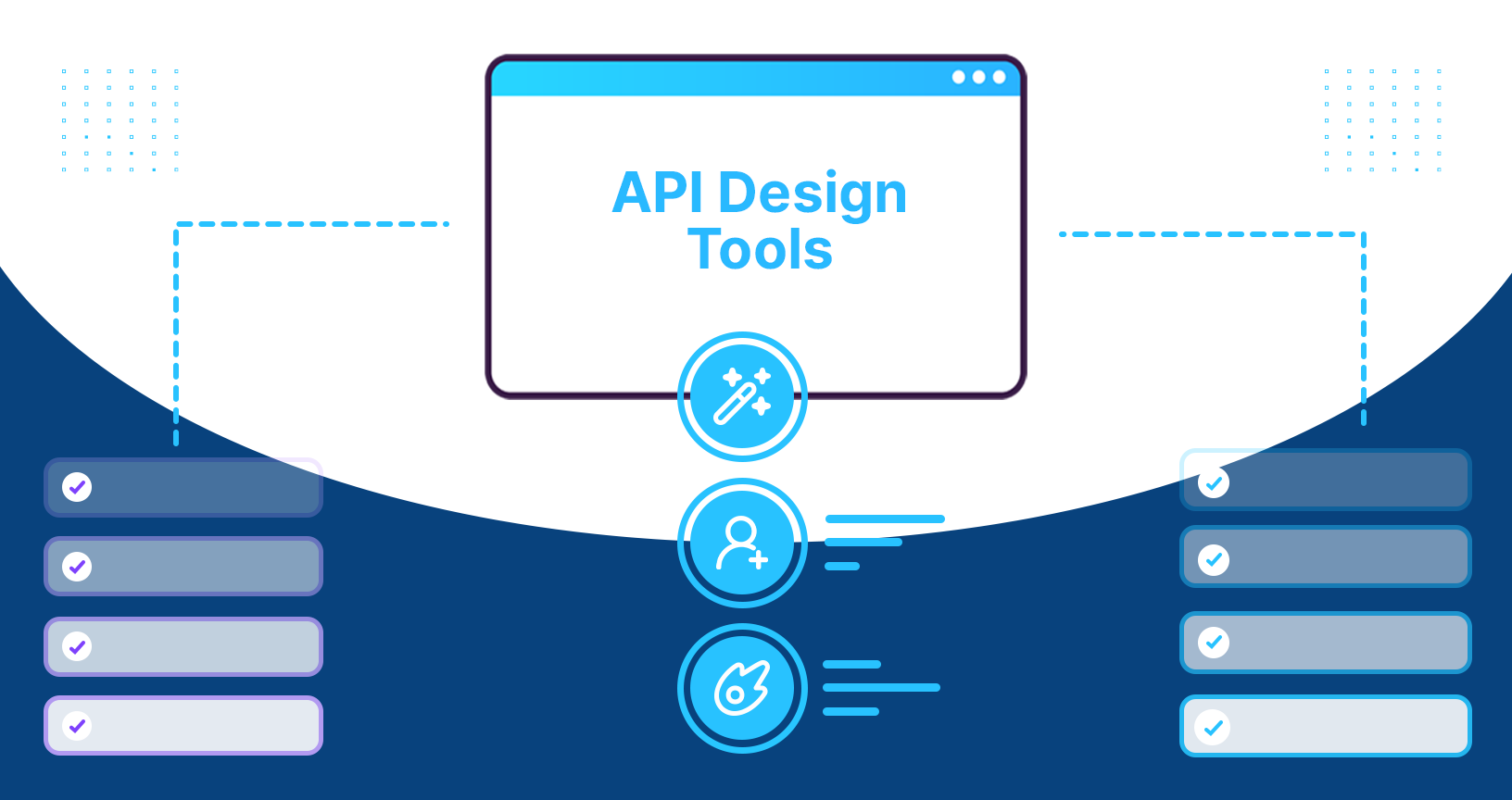

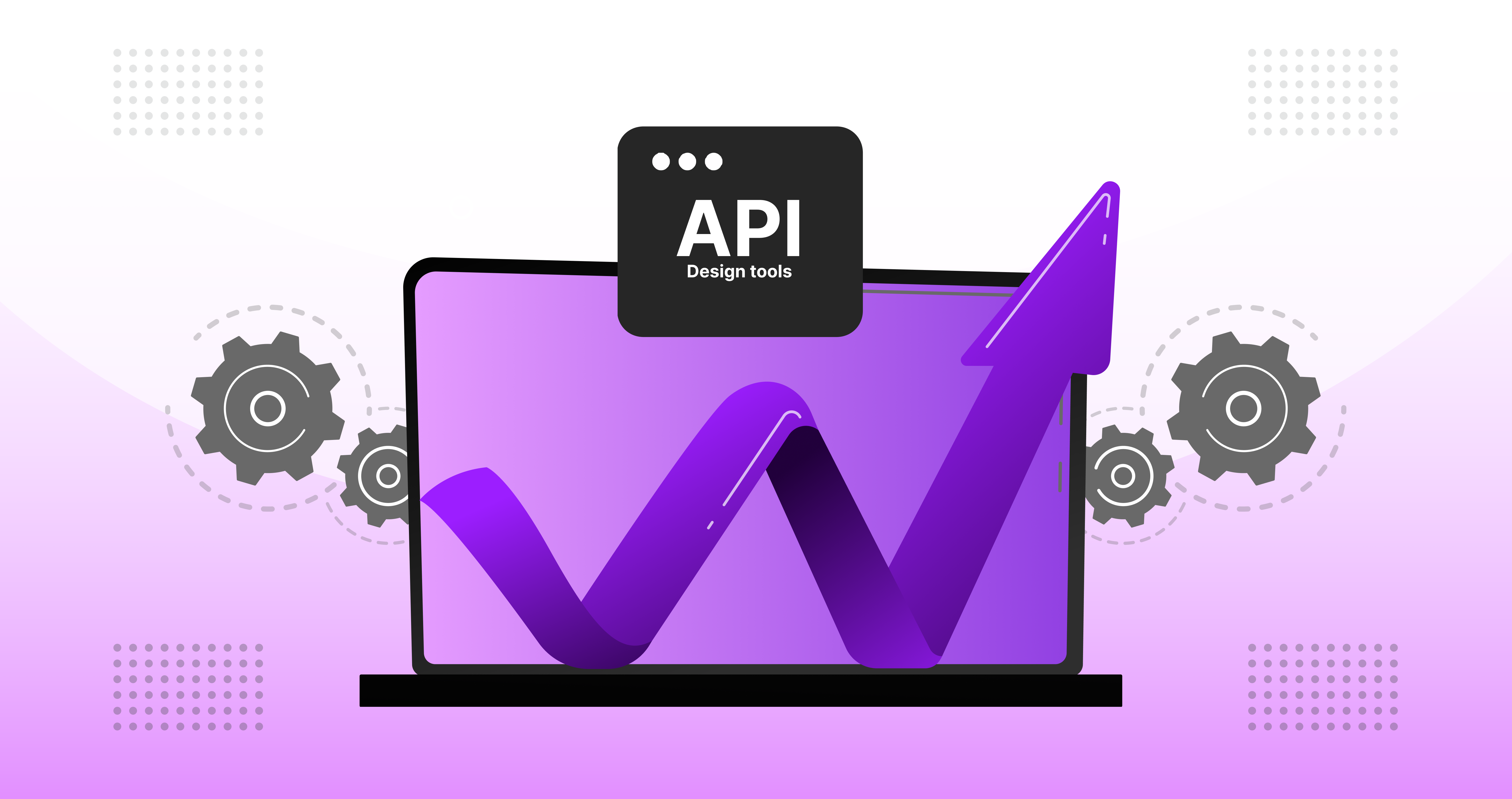



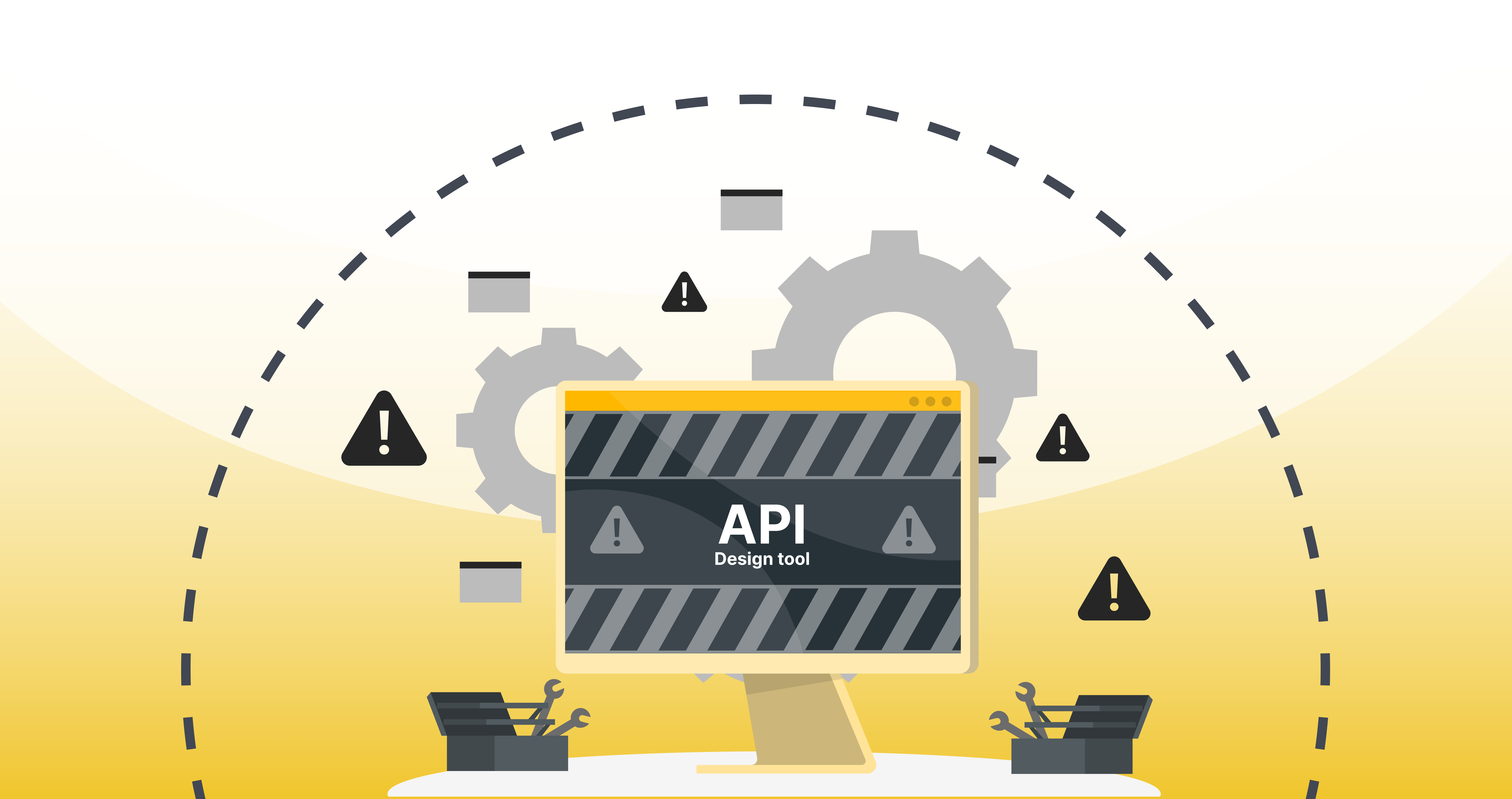

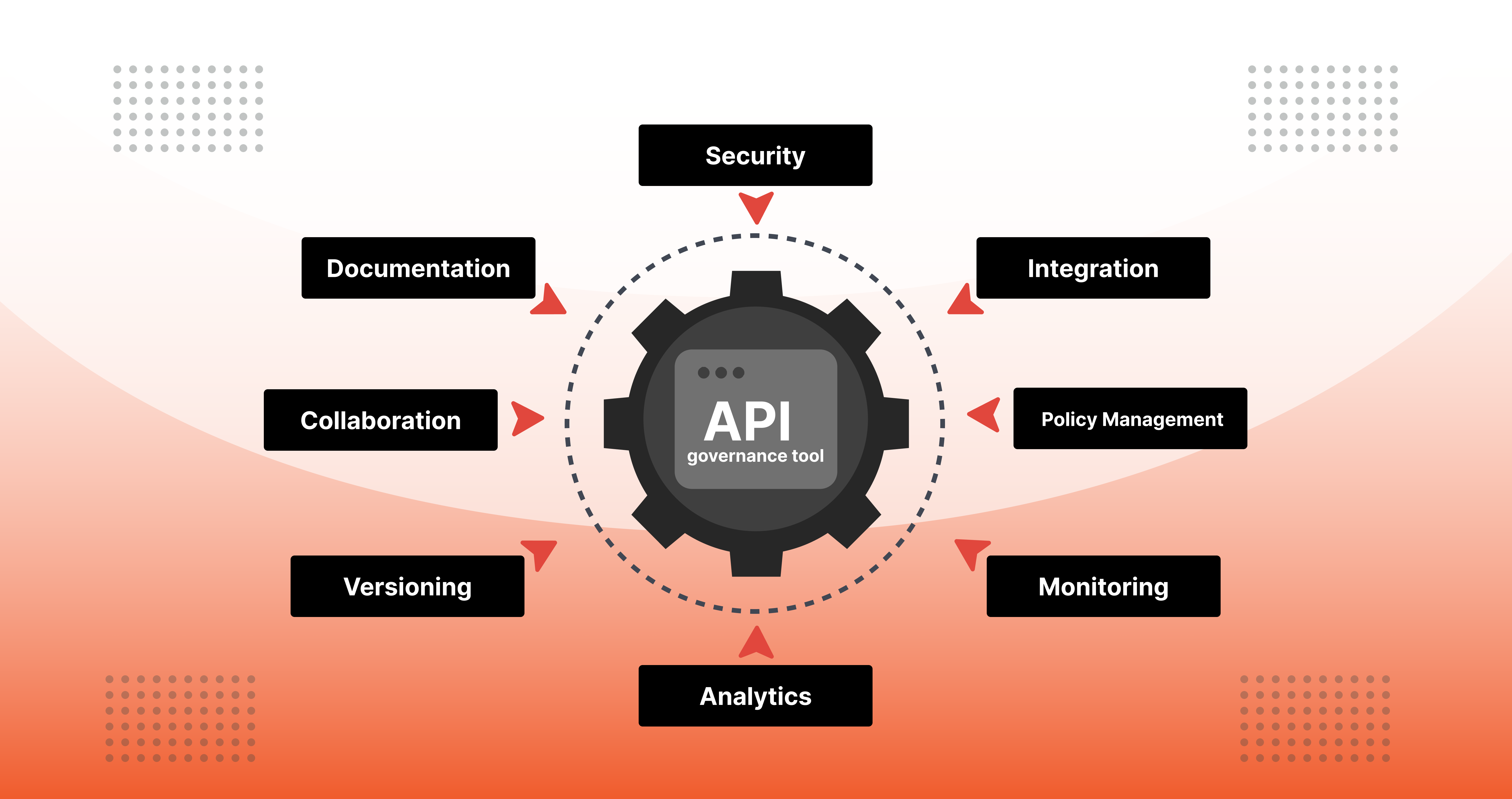

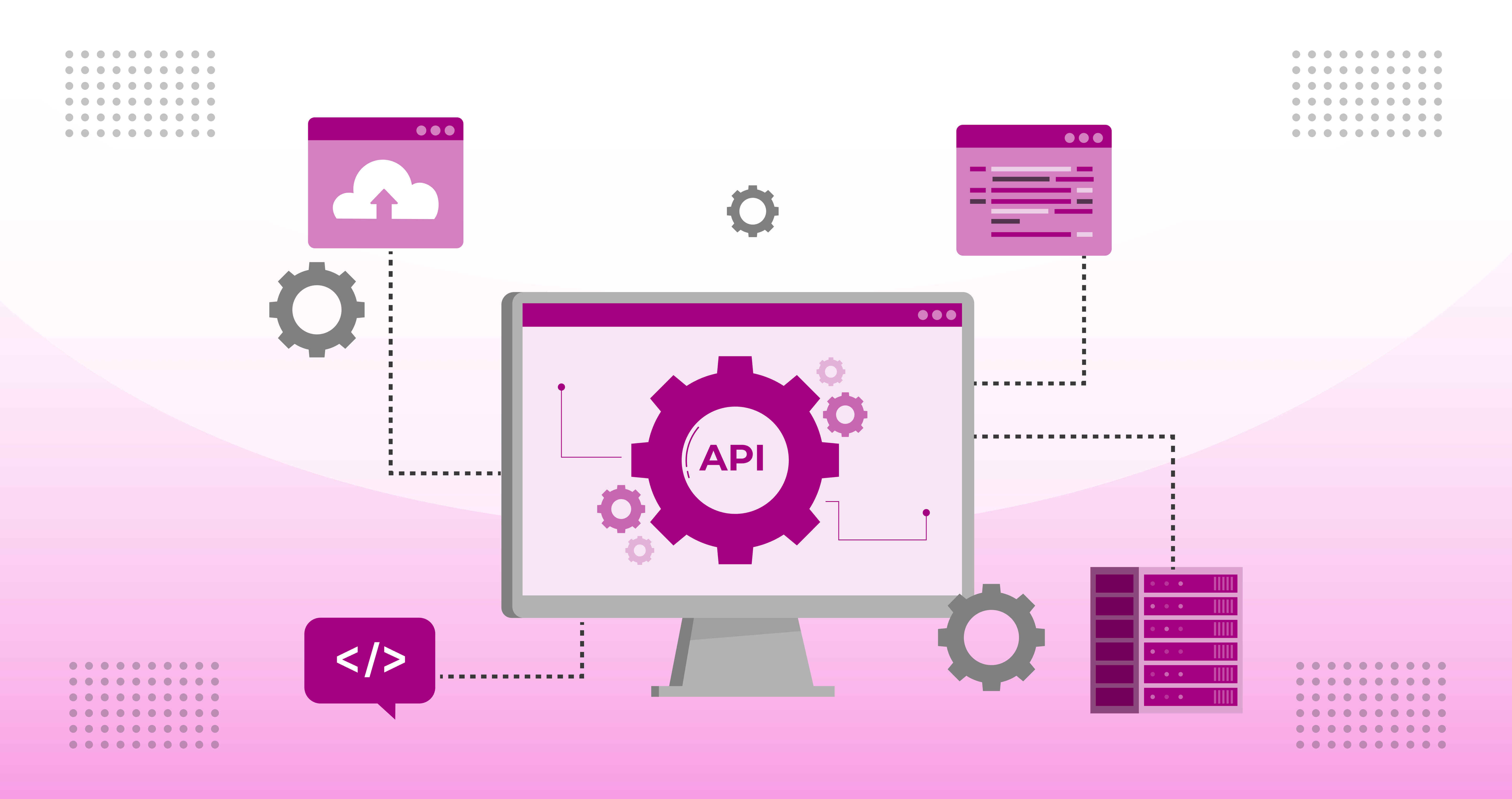

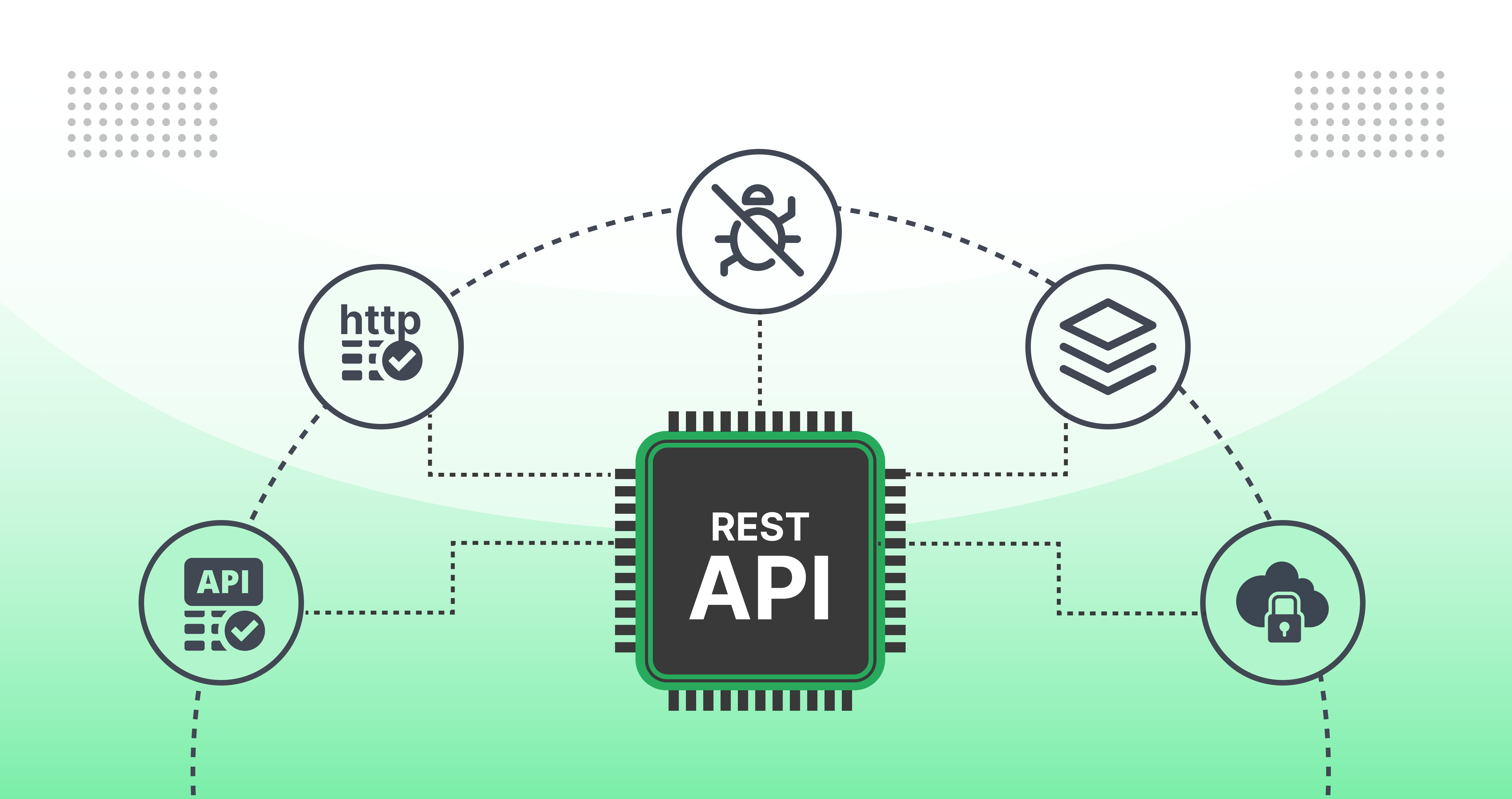

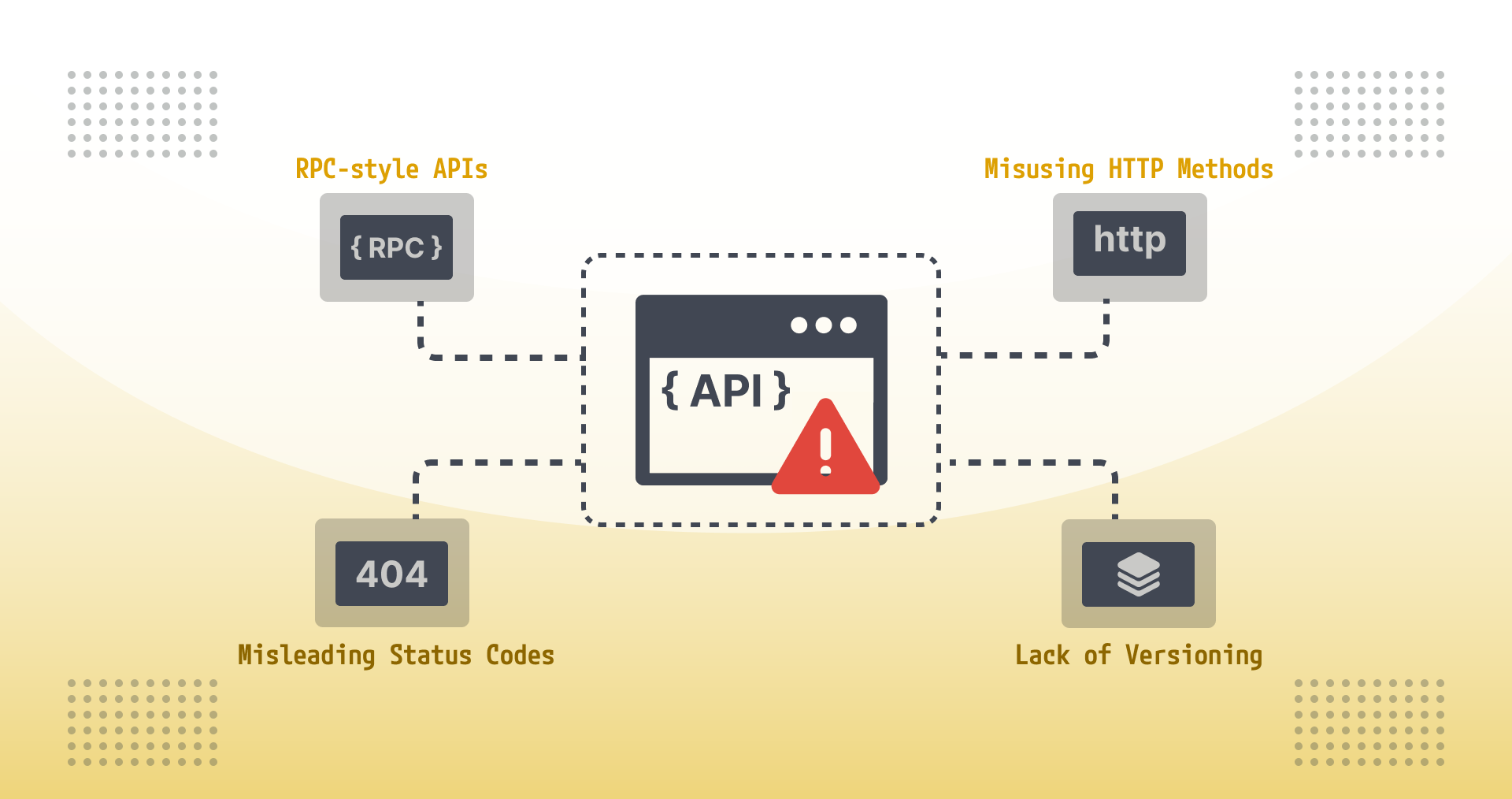



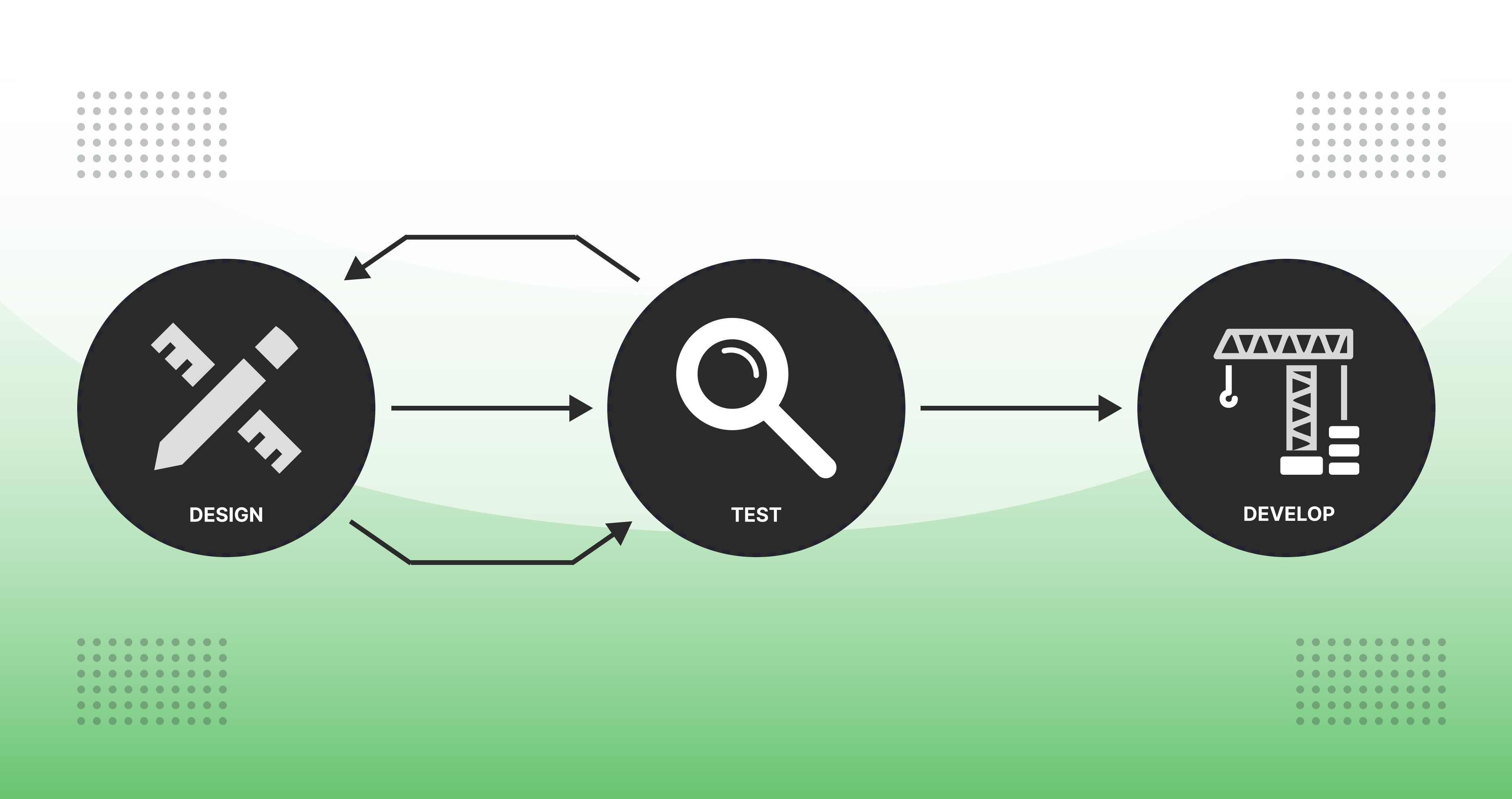

.jpg)
